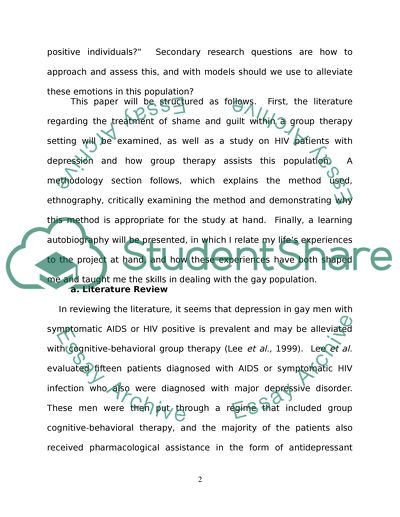Cite this document
(“Working with gay males who are HIV positive or symptomatic Research Paper”, n.d.)
Retrieved de https://studentshare.org/psychology/1391233-group-therapy
Retrieved de https://studentshare.org/psychology/1391233-group-therapy
(Working With Gay Males Who Are HIV Positive or Symptomatic Research Paper)
https://studentshare.org/psychology/1391233-group-therapy.
https://studentshare.org/psychology/1391233-group-therapy.
“Working With Gay Males Who Are HIV Positive or Symptomatic Research Paper”, n.d. https://studentshare.org/psychology/1391233-group-therapy.


